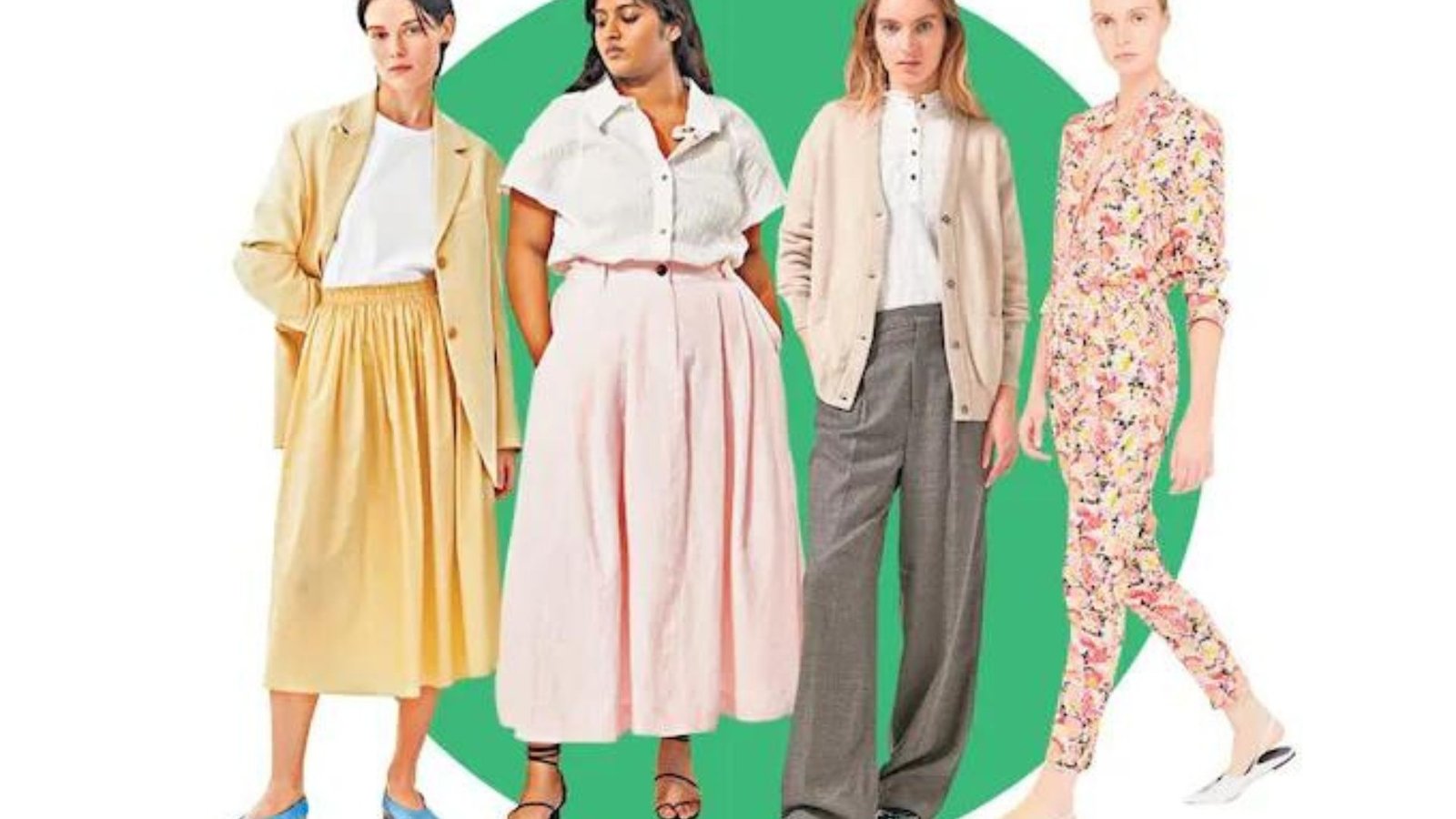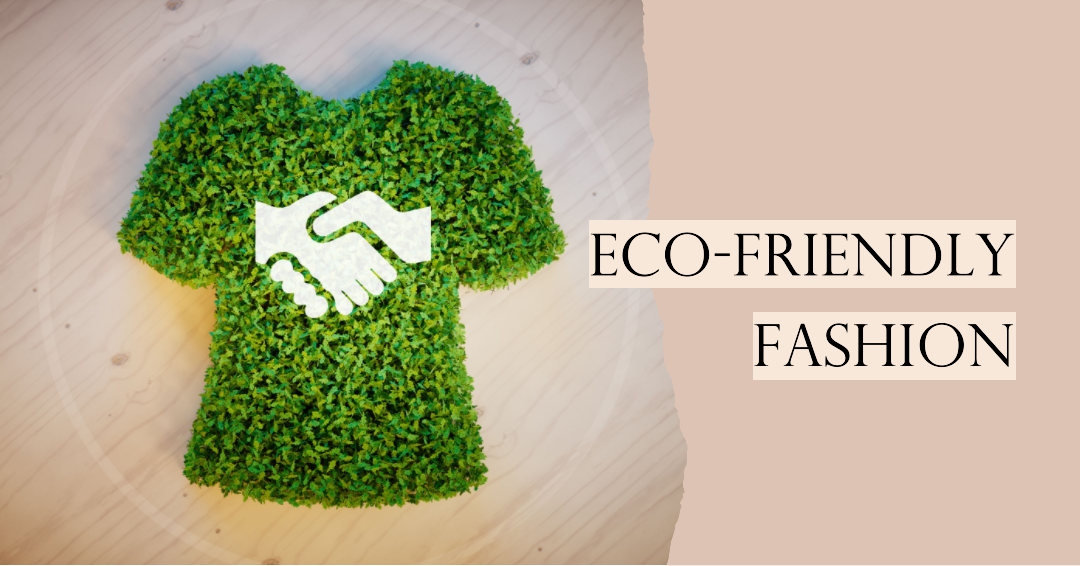Sustainable fashion is more than a trend—it’s a movement towards creating a better future for the planet. With the fashion industry being a major contributor to pollution and waste, dressing eco-consciously can make a significant impact. This guide will help you make mindful choices in your wardrobe while staying stylish.

Choose Quality Over Quantity
Fast fashion promotes buying a lot of inexpensive, low-quality items that wear out quickly. Instead, opt for fewer, high-quality pieces that last longer. Well-made clothes not only look better, but they also reduce the need for frequent replacements, minimizing waste.
Shop Ethical Brands
Support brands that prioritize sustainability and ethical production. Many companies now offer transparency about their manufacturing processes, labor practices, and environmental policies. Look for certifications like Fair Trade, GOTS (Global Organic Textile Standard), or B Corp to ensure you’re making ethical purchases.
Opt for Eco-Friendly Fabrics
Natural and organic fabrics like organic cotton, hemp, and linen are more sustainable options than synthetic fibers like polyester and nylon. Additionally, materials like Tencel (made from wood pulp) and Piñatex (made from pineapple leaves) are innovative, eco-friendly alternatives.
Buy Secondhand and Vintage
Thrift stores, vintage shops, and online platforms like Depop or Poshmark are great places to find pre-loved clothes. Buying secondhand extends the life of garments, reduces waste, and gives you the chance to own unique pieces.
Embrace Minimalism
A minimalist wardrobe with fewer, versatile pieces helps reduce clothing waste and clutter. Focus on building a capsule wardrobe with timeless items that can be mixed and matched. This approach promotes thoughtful shopping and reduces impulse buying.
Take Care of Your Clothes
Properly caring for your clothes can significantly extend their lifespan. Wash garments less frequently, use cold water, and air dry when possible. Avoid fast fashion washing habits like throwing everything into one load, as it wears out fabrics more quickly.
Rent or Borrow Special Occasion Outfits
For events where you need something special, consider renting or borrowing instead of buying. Rental services like Rent the Runway or borrowing from friends allow you to wear stylish outfits without adding to your wardrobe’s carbon footprint.
Recycle and Upcycle
When your clothes are no longer wearable, find ways to recycle or upcycle them. Many retailers now offer recycling programs where you can drop off old clothing. Alternatively, try upcycling by transforming old items into new ones, like turning a worn-out t-shirt into a reusable tote bag.
Avoid Fast Fashion Brands
Fast fashion companies often prioritize profits over environmental and ethical concerns, producing cheap clothing in massive quantities. By avoiding fast fashion, you can reduce the demand for unsustainable practices and invest in brands that prioritize the environment and workers’ rights.
Conclusion
Dressing eco-consciously is about making thoughtful choices that align with sustainability and ethical fashion practices. By prioritizing quality over quantity, supporting ethical brands, and embracing eco-friendly fabrics, you can help reduce the environmental impact of the fashion industry while maintaining a stylish wardrobe. Every small change counts towards a more sustainable future.




